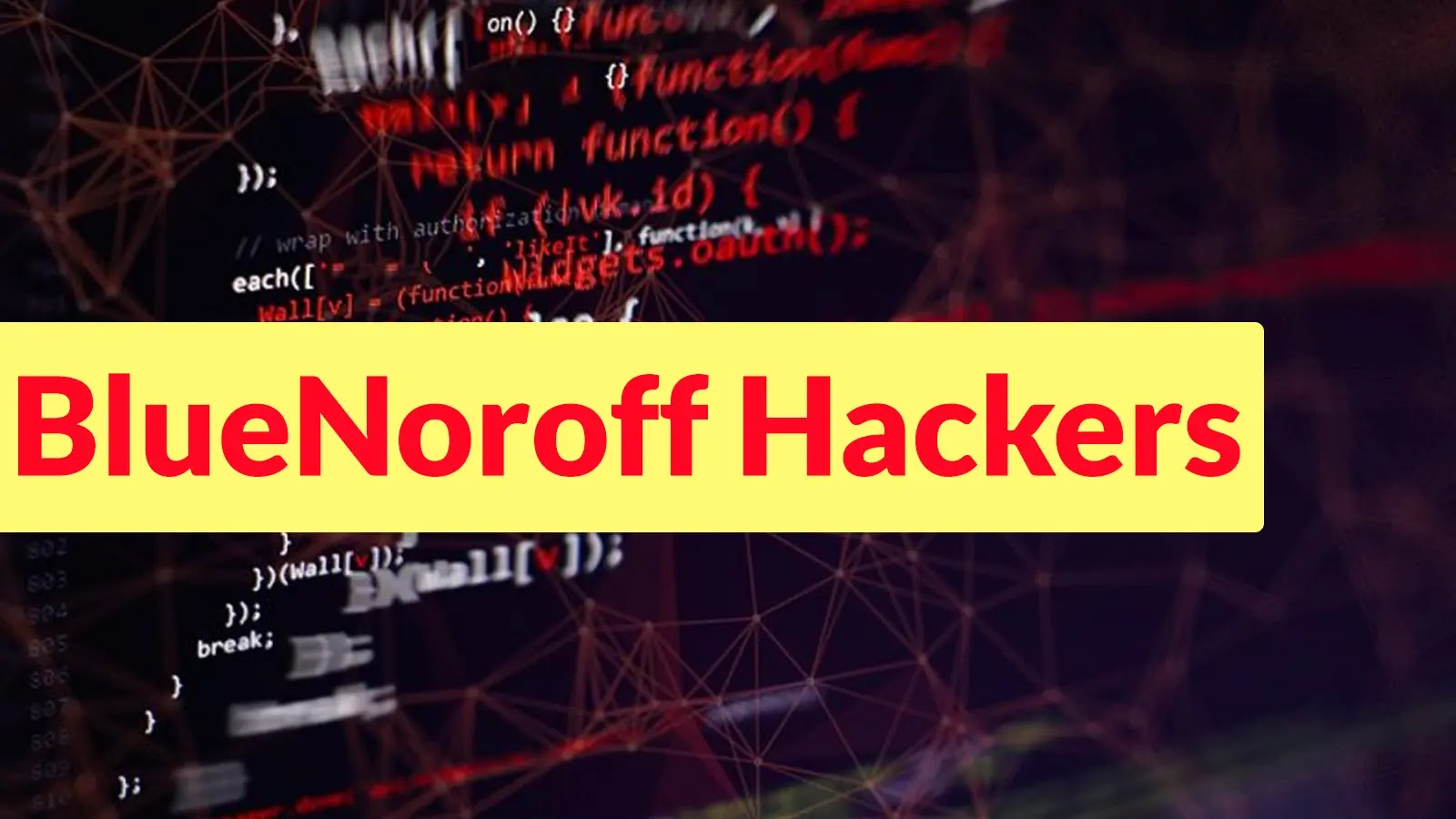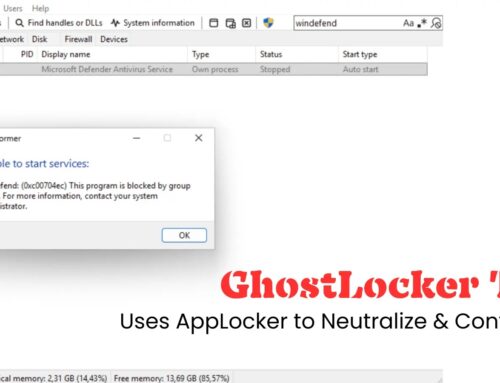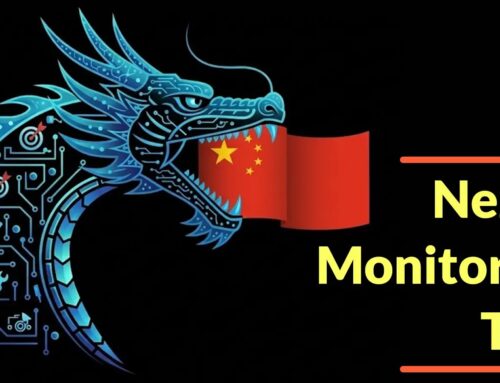
BlueNoroff Hackers Adopts New Infiltration Strategies To Attack C-Level Executives, and Managers
BlueNoroff’s Evolving Threat: Targeting Web3 Executives with Sophisticated Infiltration
The cybersecurity landscape faces a persistent and evolving threat from groups like BlueNoroff, also known as Sapphire Sleet, APT38, and TA444. Historically focused on financial gain through extensive cryptocurrency theft, this state-sponsored threat actor has significantly refined its tactics. Recent intelligence reveals a strategic pivot: BlueNoroff is now employing highly sophisticated infiltration strategies specifically designed to compromise C-level executives and senior managers within the burgeoning Web3 and blockchain sectors. This shift demands immediate attention from organizations operating in these high-value domains.
Understanding BlueNoroff’s New Infiltration Strategies
BlueNoroff’s recent campaigns, collectively dubbed “GhostCall,” highlight a departure from their previous broad-net approaches. Instead, the group is now executing highly targeted attacks, characterized by extensive reconnaissance and personalized social engineering. This precision allows them to bypass traditional security measures often effective against opportunistic threats.
- Hyper-Targeted Phishing: BlueNoroff crafts extremely convincing phishing emails and messages, often impersonating established venture capitalists, blockchain developers, or trusted partners. These communications frequently include malicious attachments or links designed to deploy malware.
- Supply Chain Compromise: The group has been observed exploiting vulnerabilities in third-party software or service providers commonly used by Web3 companies. This allows them to indirectly infiltrate target organizations.
- Advanced Social Engineering: Beyond phishing, BlueNoroff engages in meticulous social engineering, building rapport with targets over extended periods through various communication channels before delivering the final payload. This involves understanding company hierarchies, project timelines, and individual communication patterns.
The “GhostCall” Campaigns: A Deep Dive
The coordinated “GhostCall” campaigns demonstrate a level of sophistication that necessitates a robust defensive posture. These campaigns are not random but specifically tailored to exploit the access and privileges held by C-level executives and senior managers. Compromising such individuals grants attackers access to critical infrastructure, intellectual property, and, most importantly, large sums of digital assets.
- Initial Access: Often achieved through spear-phishing or watering hole attacks against industry-specific forums and platforms frequented by targets.
- Payload Delivery: The delivered malware often includes sophisticated remote access Trojans (RATs) or custom backdoors, providing persistent access to compromised systems. These tools are frequently obfuscated to evade detection by conventional antivirus software.
- Lateral Movement: Once initial access is gained, BlueNoroff leverages the compromised executive’s credentials to move laterally within the network, escalating privileges and mapping out critical assets.
- Data Exfiltration and Asset Theft: The ultimate goal remains financial gain, primarily through the exfiltration of sensitive data, private keys, and direct theft of cryptocurrency.
Remediation Actions for Web3 and Blockchain Organizations
Given the advanced nature of BlueNoroff’s new strategies, organizations in the Web3 and blockchain sectors must adopt proactive and multi-layered cybersecurity approaches. Focusing on human factors and advanced technical controls is paramount.
- Enhanced Executive Security Awareness Training: Conduct bespoke security awareness training for C-level executives and senior managers. This training should emphasize identifying highly sophisticated phishing attempts, recognizing social engineering tactics, and the dangers of unverified attachments or links. Emphasize the unique risks associated with their roles.
- Multi-Factor Authentication (MFA) Everywhere: Implement strong MFA across all critical systems and accounts, particularly for cryptocurrency wallets, exchanges, and internal administrative panels. Consider hardware security tokens for key personnel.
- Principle of Least Privilege: Enforce the principle of least privilege for all user accounts, especially for executives. Grant only the minimum necessary permissions required for their roles and regularly review these permissions.
- Regular Security Audits and Penetration Testing: Conduct frequent, comprehensive security audits and penetration tests, specifically targeting potential attack vectors relevant to blockchain and Web3 infrastructure. Focus on identifying and patching vulnerabilities before they can be exploited.
- Network Segmentation: Implement robust network segmentation to isolate critical systems, particularly those housing digital assets or sensitive corporate data. This limits lateral movement even if an initial compromise occurs.
- Endpoint Detection and Response (EDR) Solutions: Deploy advanced EDR solutions to monitor endpoints for malicious activity, detect unusual behavior, and provide rapid response capabilities to potential compromises.
- Incident Response Plan Review: Regularly review and update incident response plans, ensuring they are tailored to address sophisticated threats like those posed by BlueNoroff. Conduct tabletop exercises with executive participation.
- Supply Chain Security Assessment: Vet all third-party vendors and service providers, especially those with access to your infrastructure or data. Ensure they adhere to stringent security standards.
Tools for Detection and Mitigation
Leveraging the right tools can significantly enhance your organization’s capability to detect and mitigate threats posed by groups like BlueNoroff.
| Tool Name | Purpose | Link |
|---|---|---|
| PhishMe (Cofense) | Security Awareness Training & Phishing Simulation | https://cofense.com/ |
| CrowdStrike Falcon Insight | Endpoint Detection and Response (EDR) | https://www.crowdstrike.com/ |
| Palo Alto Networks Cortex XDR | Extended Detection and Response (XDR) | https://www.paloaltonetworks.com/ |
| YubiKey | Hardware Security Keys for MFA | https://www.yubico.com/ |
| Nessus (Tenable) | Vulnerability Scanning and Management | https://www.tenable.com/products/nessus |
| Wireshark | Network Protocol Analyzer (for forensic analysis) | https://www.wireshark.org/ |
Conclusion
BlueNoroff’s adoption of new, highly targeted infiltration strategies against Web3 and blockchain executives represents a critical escalation in the cybersecurity threat landscape. Their sophisticated “GhostCall” campaigns underscore the need for vigilance and a proactive defense posture. Organizations must recognize that traditional security measures alone are insufficient against such a persistent and well-resourced adversary. Prioritizing executive-level security awareness, implementing robust technical controls, and continuously adapting to emerging threats are essential to safeguard valuable digital assets and maintain operational integrity in these high-stakes sectors.





